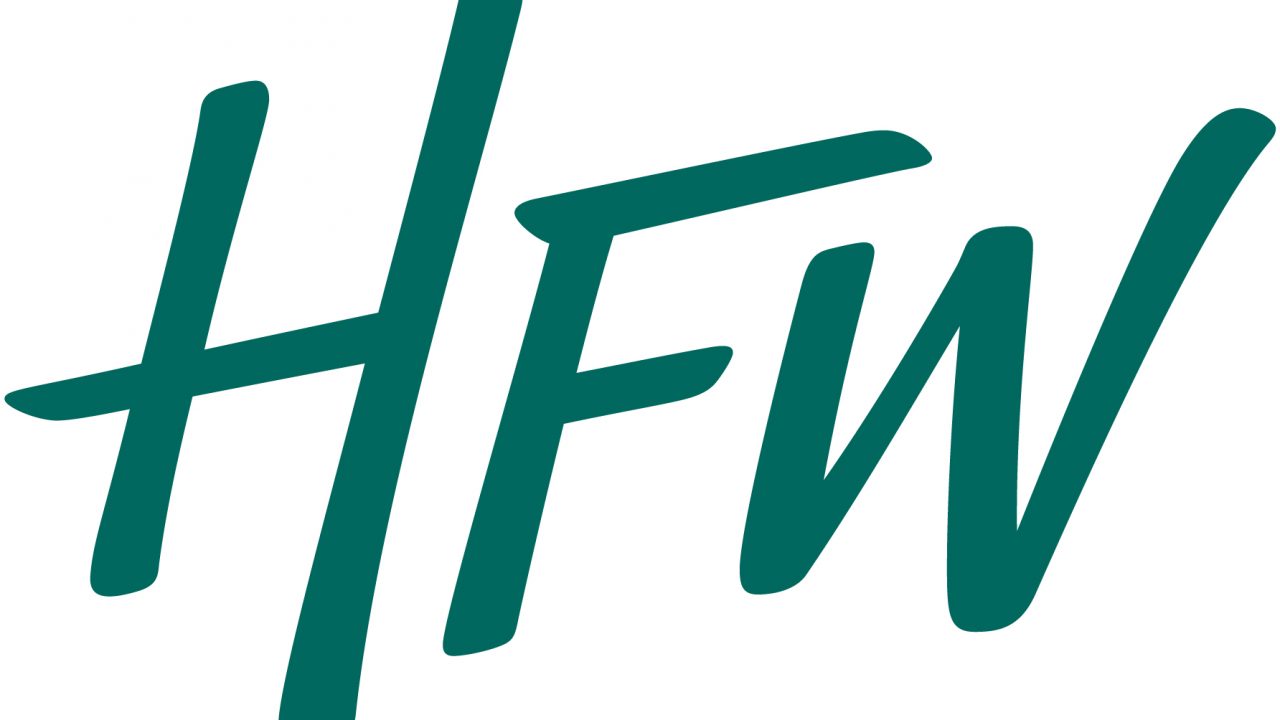Posted on: 19 June 2020
International law firm HFW has issued a briefing looking at the disruption caused by the COVID-19 pandemic across commodity markets globally and how this is impacting financing arrangements including ‘MAC’ clauses, financial covenants, ‘corona clauses’ events of default and force majeure as well as recent guidance from the International Chamber of Commerce (ICC) on electronic trade documentation and flexibilities under the ICC rules.
The COVID-19 pandemic continues to have a significant impact on international trade. The World Trade Organization has estimated world trade will fall by up to 32% in 2020 as the pandemic disrupts the economy.1 Most commodity markets are experiencing dramatic falls in prices as demand and consumption have fallen and countries have been forced to put in place restrictive measures to contain the pandemic. These measures are affecting how goods and commodities are able to flow across the globe. The issues affecting trade are diverse, vary between countries and are evolving rapidly, however, these issues can generally be grouped into the categories shown opposite.
How do these issues impact on commodity trade finance?
Trade finance covers a broad range of financing arrangements for the production, export and sale of commodities. In structured trade finance, this includes pre-export finance (PXF) facilities, prepayment arrangements, borrowing base facilities and other structures, all of which aim to provide finance for the production of goods. The issues caused by the COVID-19 pandemic will be different for each of these structures and will be dependent on the specific drafting and deal terms. However, the COVID-19 pandemic is likely to raise some common issues for borrowers across most types of trade finance facility. A number of these issues are also relevant for corporate loans generally.
Liquidity issues
It may seem paradoxical in an environment where the Federal Reserve and ECB have injected significant liquidity into the economy, however, one of the big issues facing market participants is the tightening of supply of trade finance. Trade finance products have traditionally had low default rates in part because transactions are structured so that when the underlying goods are sold, the proceeds are applied to repay the loan. Despite this, the impact of the COVID-19 crisis on credit markets is that many banks are reducing their risk exposure. This means that new trade finance lending will likely be impacted over the coming months. It will become harder for certain commodity players to arrange new money deals and new client on-boarding is likely to be more challenging. Loan pricing will be impacted for certain names. On the other hand, the current environment is creating opportunities for trading houses who identify opportunities and solutions amid market dislocation and price volatility. The volatility is itself creating a liquidity risk for certain players who are unable to meet margin calls under commodity hedging contracts. We are yet to see the full impact.
We are starting to see the tightening of liquidity have an impact on existing trade finance, with many borrowers looking to draw on existing credit facilities to ensure sufficient cash reserves. There are several issues for borrowers to be aware of when thinking about drawing on existing facilities, whether committed or uncommitted funding.
Financing in the commodities sector is often provided on an uncommitted basis. This means that the lender has no obligation to provide funds and where structured as an overdraft, the bank can demand repayments at any time. These facilities are often used for working capital and are intended to be flexible, for example, enabling a borrower to purchase spot commodities at short notice to take advantage of arbitrage and other opportunities. In the current environment, borrowers need to plan for liquidity to be tightened and for any uncommitted facilities that they might have to become unavailable.
How are committed funds likely to be impacted?
For committed funding, borrowers need to be aware of the drawstop events under their existing facilities. These are events that give the lender the right to refuse further drawdowns. If the effects of the COVID-19 pandemic trigger a drawstop event, this may leave a borrower at risk of losing access to a crucial revolving credit facility or working capital line. If a drawstop event has occurred, or looks likely, then urgent discussion will be advisable with the lender in order to agree terms of a waiver or amendment.
One of the key conditions precedent that a borrower must meet for a drawdown is that there is no default under the existing facility. The definition of ‘default’ will vary but it will generally include potential as well as actual events of default. In the case of a rollover loan, the conditions for rolling over funds are generally less onerous and a borrower will typically be able to rollover a loan even if a potential event of default is outstanding (but not an actual event of default).
Another condition precedent to a drawdown will generally be that all repeating representations are true in all material respects. Repeating representations will generally include representations that:
- there has been no material adverse change in the assets, business or financial condition of the borrower/obligors since its most recent financial statements; and
- there is no default which has, or is reasonably likely to have, a Material Adverse Effect.
The meaning of ‘Material Adverse Change’ and ‘Material Adverse Effect’ are discussed in further detail below. The key point is that if there is a severe impact on a borrower’s business from issues relating to COVID-19 it might make it more difficult to give these representations. This will make it more difficult to draw down under an existing facility.
Producers of commodities might also have existing borrowing base facilities. These are loan facilities where the amount that can be borrowed will depend on the value of a pool of assets or ‘borrowing base’. As the mark-to-market value of the borrowing base changes, the amount that can be borrowed will adjust. Because the value of most commodities has fallen significantly since the start of the pandemic, this might create shortfalls in the borrowing base. Borrowers might then have to prepay the facilities to avoid defaults; this in turn might create short-term liquidity issues.
Download the full briefing here.




